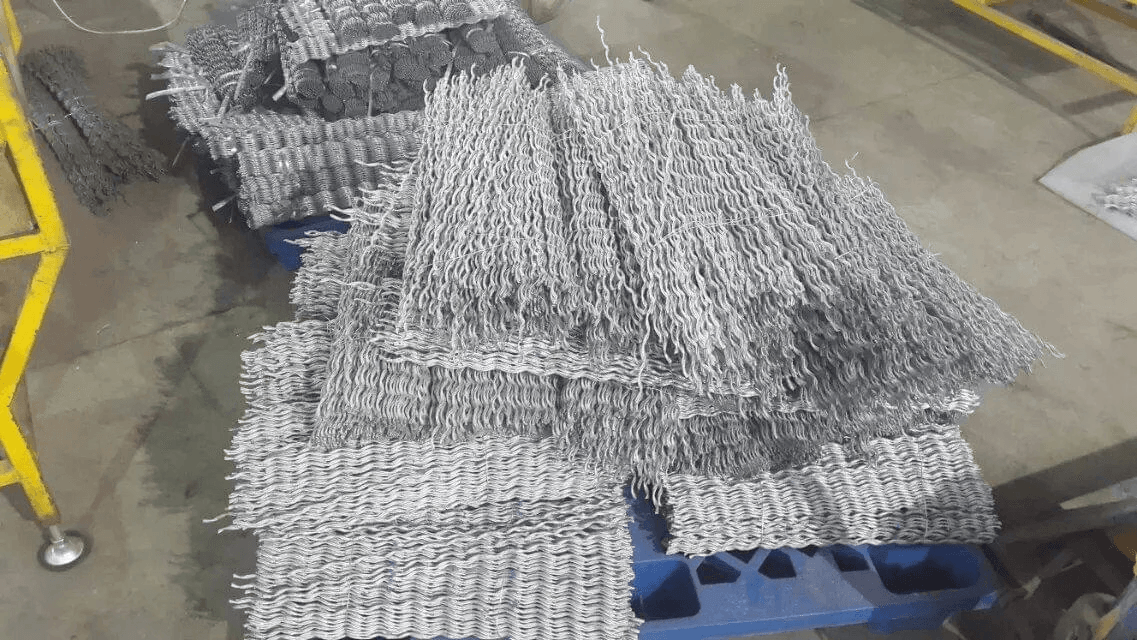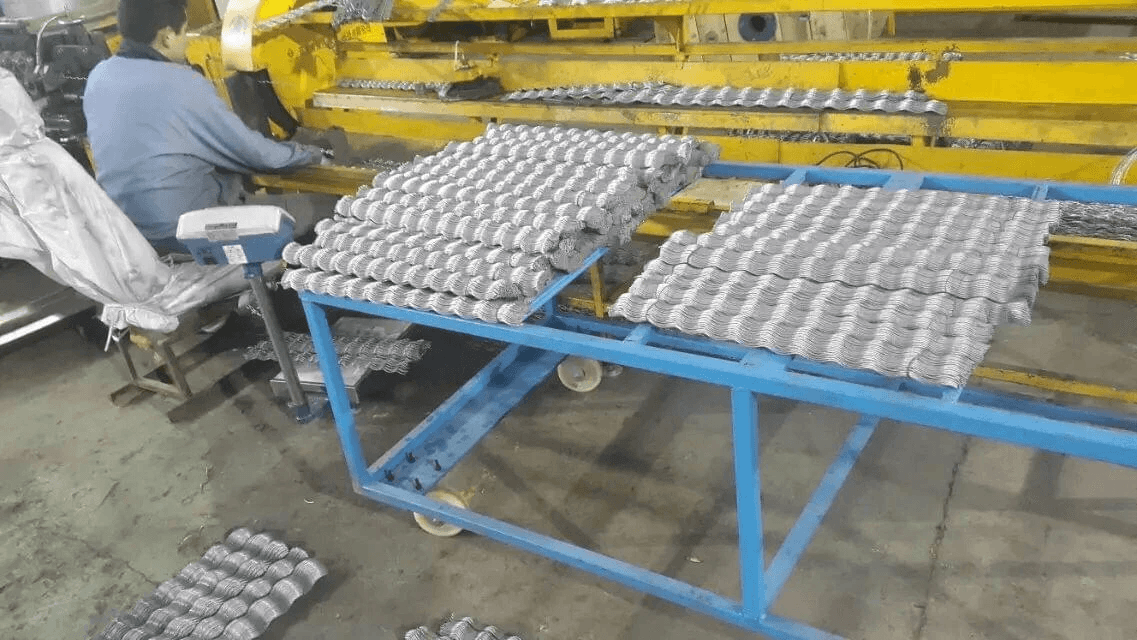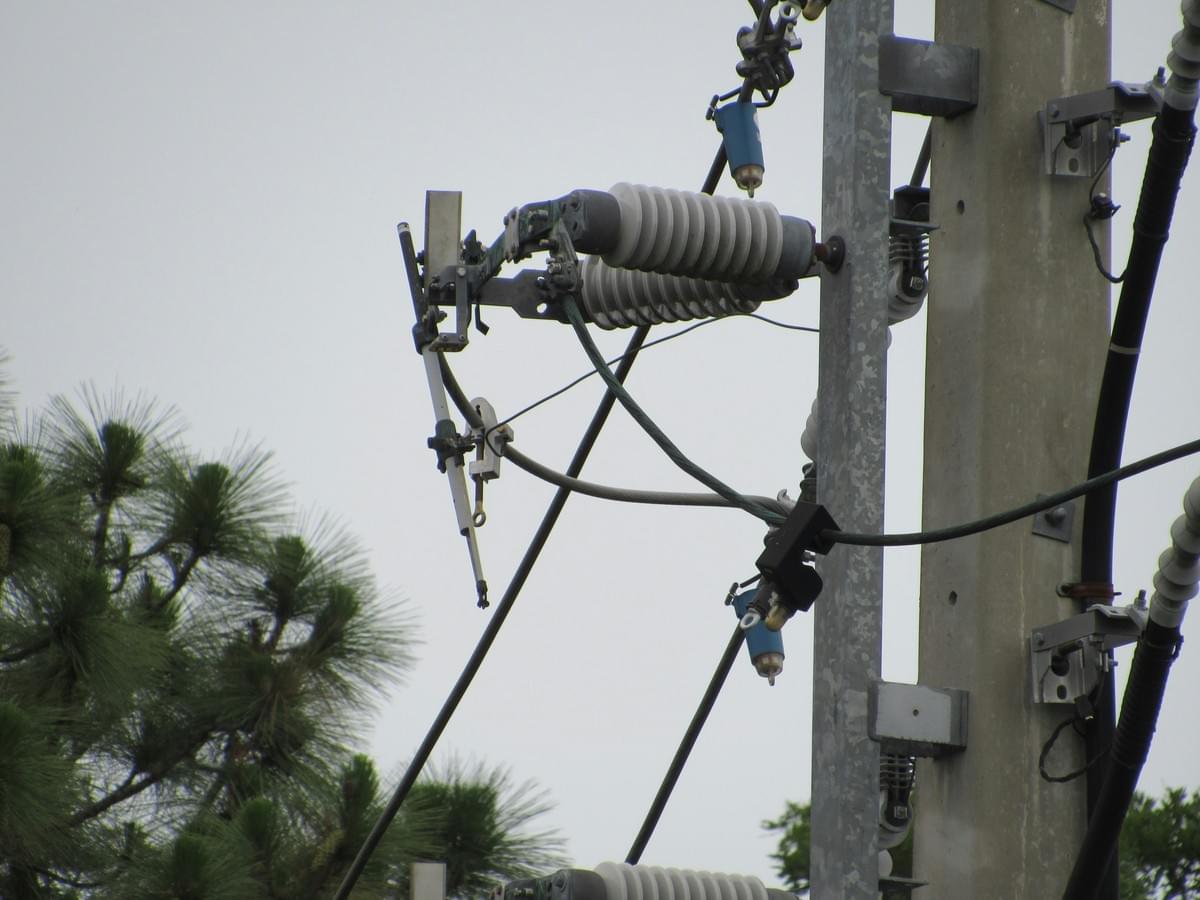Introduction
In the world of telecommunications, the importance of Fiber to the Home (FTTH) installations cannot be overstated. At the heart of these installations are fiber clamps, which play a crucial role in securing fiber optic cables and ensuring optimal performance. Understanding how these components work together is essential for anyone involved in deploying or maintaining fiber optic lines.
Understanding FTTH Clamps and Their Importance
FTTH clamps are specialized devices designed to hold and secure fiber optic strands within an installation. These clamps not only protect the delicate optical cables from damage but also maintain proper alignment, which is vital for signal integrity. A reliable fiber clamp can make all the difference in ensuring that your network runs smoothly and efficiently.
The Anatomy of Fiber Optic Installations
Fiber optic installations consist of various components working together to deliver high-speed internet directly to homes and businesses. At their core, they include fiber optic cables that transmit data through light signals, along with supporting hardware like connectors, splitters, and yes—fiber clamps. Each element plays a pivotal role in creating a robust network capable of handling today’s demanding bandwidth requirements.
The Role of Spark Fittings in Fiber Installations
Their innovative range of products includes specialized fiber clamps designed for durability and ease of use during installation processes. By focusing on custom solutions tailored to unique installation needs, Spark Fittings ensures that every project benefits from optimal performance and reliability.
What is FTTH and Why Does it Matter

Fiber to the Home (FTTH) is a revolutionary technology that brings high-speed internet directly to residential homes using fiber optic lines. This method relies on fiber optic cables, which consist of thin strands of glass or plastic that transmit data as pulses of light. As the demand for faster and more reliable internet grows, understanding FTTH becomes essential for consumers and service providers alike.
Defining Fiber to the Home
FTTH refers to a broadband network architecture that connects individual homes directly to a fiber optic network. Unlike traditional copper lines, which can degrade over distance, fiber optic cables maintain their signal quality over long distances, making them ideal for high-speed internet access. In an FTTH setup, each home enjoys a dedicated optical cable connection, ensuring optimal performance and minimal interference.
Benefits of Fiber Optic Lines Over Copper
When comparing fiber optic lines to traditional copper wires, the advantages are clear and compelling. First and foremost, fiber cables are capable of much higher bandwidths than copper cables, allowing for faster data transmission rates essential for modern applications like streaming and online gaming. Additionally, fiber optics are less susceptible to environmental factors such as electromagnetic interference and weather conditions, making them more reliable in various settings.
Moreover, the longevity of fiber optic strands surpasses that of copper; they are not prone to corrosion or degradation over time. This durability translates into lower maintenance costs and fewer disruptions in service—an attractive proposition for both providers and consumers alike. With these benefits combined, it’s no wonder that many communities are transitioning from outdated copper infrastructure to advanced FTTH systems.
Common Applications of FTTH
The applications of FTTH extend far beyond just providing internet access; they encompass various sectors including education, telemedicine, entertainment, and smart home technologies. In educational settings, high-speed connections enable seamless online learning experiences with minimal lag—a crucial factor in today’s digital classrooms. Similarly, telemedicine has flourished with FTTH as doctors can conduct virtual consultations without worrying about connection issues.
Moreover, households equipped with FTTH can take full advantage of smart home devices that require stable internet connections for real-time operation—think security cameras or smart thermostats communicating effortlessly through an optical cable system. As we continue embracing technology in our daily lives at an unprecedented rate, the importance of reliable connections provided by FTTH cannot be understated.
The Functionality of Fiber Clamps

These components serve a vital role in securing fiber optic cables, ensuring they remain stable and protected throughout their lifespan. Without proper support from a quality fiber clamp, even the most advanced optical cable can be prone to damage, leading to costly repairs and downtime.
What a Fiber Clamp Does
A fiber clamp is designed to hold and protect fiber optic cables securely in place during installation and throughout their operational life. By providing stability, these clamps prevent excessive movement that could lead to stress on the delicate fibers within the optical cable. This is particularly important for maintaining signal integrity across long distances; any disruption could result in data loss or degradation.
The primary function of a fiber clamp is to absorb tension and distribute loads evenly across the fiber optic line. This helps mitigate potential damage caused by environmental factors such as wind or temperature fluctuations. In essence, a reliable fiber clamp acts as both protector and stabilizer for your precious fiber optic strands.
Different Types of Fiber Clamps
There are various types of fiber clamps available on the market, each tailored for specific applications within the realm of optical cable installations. For instance, some clamps are designed specifically for outdoor use where weather conditions can be harsher, while others may be more suitable for indoor environments with less exposure to external elements. Common types include tension clamps, which are essential for maintaining tension in overhead lines, and support clamps that provide additional stability along vertical runs.
Another popular option is the adjustable clamp that allows installers to customize fit based on specific installation needs or varying cable sizes. Additionally, there are specialized clamps designed for unique configurations or environments—think about those tricky corners or tight spaces where standard solutions may fall short! Selecting the right type of fiber clamp not only enhances performance but also ensures longevity in your installation.
Why Quality Matters in Fiber Clamps
High-quality materials ensure that your chosen clamp can withstand environmental stressors while effectively protecting your valuable optical cables from wear and tear over time. Investing in superior products means fewer disruptions due to failures or replacements down the line—saving you both time and money.
Moreover, well-constructed fiber clamps contribute significantly to overall system reliability by minimizing risks associated with improper load distribution or cable movement. Poor-quality options may lead to premature failures that compromise entire networks—a nightmare scenario for any technician! In summary, opting for high-quality materials when selecting your next fiber clamp will not only enhance performance but also safeguard your investment in an efficient and robust network infrastructure.
Key Features to Look for in a Fiber Clamp

A well-designed fiber clamp not only secures the optical cable but also protects it from environmental factors that could compromise its functionality. Here, we delve into the key features you should consider when choosing a fiber clamp for your installation needs.
Material Considerations: Options and Benefits
The material used in a fiber clamp can significantly influence its durability and performance. Common materials include aluminum, stainless steel, and plastic composites, each offering unique benefits; for example, aluminum is lightweight yet strong, making it ideal for outdoor applications where corrosion resistance is essential. On the other hand, plastic composites are often more cost-effective and can provide sufficient protection for indoor installations of fiber optic lines.
Choosing the right material also affects how well the fiber clamp will withstand various environmental conditions such as temperature fluctuations or humidity levels. In areas prone to extreme weather, opting for high-quality materials can ensure that your optical cable remains secure and operational over time. Ultimately, understanding these material considerations will help you select a fiber clamp that meets both your budgetary constraints and performance expectations.
Load Capacity and Strength Specifications
Load capacity is another critical feature when evaluating a fiber clamp; after all, you want to ensure that it can handle the weight of your specific installation without compromising safety or performance. Different types of clamps are designed to support varying loads based on their design specifications—so knowing how much weight your chosen optical cable will exert is vital in making an informed decision.
Moreover, strength specifications often indicate how much tension a particular type of fiber clamp can withstand before failing; this is especially important in aerial installations where wind or other forces may place additional strain on the system. By paying attention to load capacity and strength ratings, you'll be better equipped to choose a reliable solution that secures your fiber optic strand effectively while minimizing potential issues down the line.
Ease of Installation and Maintenance
No one wants to spend hours wrestling with complicated installation processes—so ease of installation should be high on your list when selecting a fiber clamp! Many modern clamps come with user-friendly designs that simplify mounting procedures while ensuring robust security for your fiber optic cable connections. This means less time spent fumbling with tools and more time enjoying seamless connectivity.
Maintenance is another aspect worth considering; some clamps are designed with easy access points that allow technicians to perform routine checks or adjustments without dismantling entire sections of an installation setup. Opting for clamps that prioritize simplicity not only enhances efficiency but also reduces long-term maintenance costs associated with complex systems requiring specialized knowledge or tools.
Spark Fittings: Leading the Market

Their extensive range of offerings ensures that customers have access to reliable solutions for every stage of their fiber optic line projects. From innovative fiber clamps to essential installation accessories, Spark Fittings is committed to enhancing the efficiency and durability of fiber optic strands.
Overview of Spark Fittings Products
Spark Fittings boasts an impressive catalog that includes various types of fiber clamps, armor rods, and tension clamps tailored for different applications in the realm of optical cable installations. Each product is engineered with precision, ensuring compatibility with a wide array of fiber optic cable configurations. With a focus on quality and performance, Spark Fittings has become synonymous with reliability in the fiber optics industry.
Specialization in Armor Rods and Tension Clamps
One area where Spark Fittings truly excels is in their specialization in armor rods and tension clamps, which play critical roles in securing and protecting fiber cable optics during installation and throughout their lifespan. The armor rods provide additional strength against environmental factors while maintaining flexibility for various installation scenarios. Meanwhile, tension clamps are designed to ensure that the optical cables remain taut without compromising their integrity—making them indispensable components for any successful deployment.
Custom Solutions for Unique Installation Needs
Recognizing that no two installations are alike, Spark Fittings offers custom solutions tailored specifically to meet unique customer requirements. Whether it’s adjusting specifications or creating specialized designs for challenging environments, their team works closely with clients to deliver exactly what’s needed for optimal performance. This commitment to customization ensures that every project can benefit from top-tier materials like durable fiber clamps that enhance both functionality and longevity.
Installation Best Practices for Fiber Optic Cables

Installing fiber optic cables can seem daunting, but with the right practices in place, it can be a smooth and efficient process. Proper installation is crucial not just for functionality but also for the longevity of your fiber optic line. By adhering to best practices, you can ensure that your fiber cable optic installation stands the test of time.
Preparation Before Installation
Before diving into the installation process, thorough preparation is essential. Start by reviewing all necessary materials and tools; this includes ensuring you have enough fiber clamps to secure your fiber optic strands properly. Additionally, assess the installation site for any potential obstacles or hazards that could impede your work.
Next, familiarize yourself with the specifications of the optical cable you’re working with and understand how it interacts with different environmental conditions. This knowledge will help you choose appropriate materials and methods to safeguard against issues like moisture or extreme temperatures. Finally, create a checklist to ensure nothing is overlooked during both preparation and installation phases.
Step-by-Step Installation Process
Once you're prepped and ready to go, it's time to tackle the step-by-step installation process of your fiber optic cable. Begin by laying out your fiber optic line along its intended path while ensuring there are no sharp bends or kinks that could damage the fibers inside. Secure it temporarily with lightweight clips before moving on.
After positioning your optical cable correctly, attach it using high-quality fiber clamps at regular intervals—this ensures stability and reduces stress on each strand of fiber cable optic during operation. Remember to keep an eye on load capacity; overloading can lead to premature failure of both clamps and cables!
Finally, conduct a thorough inspection after securing everything in place; check for any signs of damage or misalignment before completing your project. Once satisfied that everything is secure and functioning as intended, you can confidently move on to testing connectivity.
Common Mistakes and How to Avoid Them
Even seasoned installers can fall prey to common pitfalls when working with fiber optic installations—so let’s highlight some mistakes worth avoiding! One frequent error is neglecting proper strain relief when installing a new optical cable; without adequate support from quality fiber clamps, stress on connections may lead to failure down the road.
Another common issue arises from improper handling techniques during installation; bending or twisting fibers excessively can cause internal fractures that compromise signal quality over time. Always remember: gentle handling goes a long way in preserving integrity!
Lastly, don’t underestimate the importance of following manufacturer guidelines regarding load capacity specifications for each component used in your setup—including those all-important fiber clamps! Adhering strictly ensures safety while maximizing performance across all aspects of your project.
Conclusion
In wrapping up our exploration of fiber optic installations, it's clear that the future is bright and brimming with potential. As technology advances, the demand for high-speed internet and reliable communication systems will only increase, making fiber optic lines essential in modern infrastructure. With innovations in materials and installation techniques, the landscape of fiber optic cables will continue to evolve, promising better performance and connectivity.
The Future of Fiber Optic Installations
The future of fiber optic installations looks promising as more households and businesses transition to high-speed networks. Fiber optic strands are becoming the backbone of telecommunications, providing faster data transmission than traditional copper lines. As we move toward smart cities and enhanced connectivity solutions, the role of quality components like fiber clamps will be crucial in ensuring robust optical cable systems.
Maximizing Efficiency with Quality Materials
Maximizing efficiency in fiber optic installations hinges on using quality materials throughout the process. A reliable fiber clamp not only secures optical cables but also protects them from environmental factors that could compromise their integrity. Investing in superior components ensures longevity and optimal performance for your entire network, making it a win-win situation for both installers and end-users.
Choosing the Right Supplier for Fiber Clamps
Selecting a reputable supplier for your fiber clamps can make all the difference in your installation projects. Look for suppliers who specialize in high-quality products designed specifically for fiber optic applications; this guarantees you’re getting equipment that meets industry standards. With so many options available today, finding a supplier that understands your needs can streamline your projects while ensuring you have access to top-notch materials.

